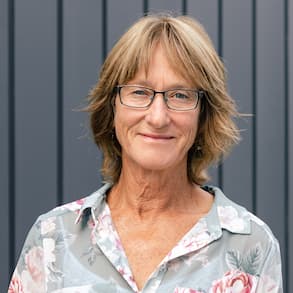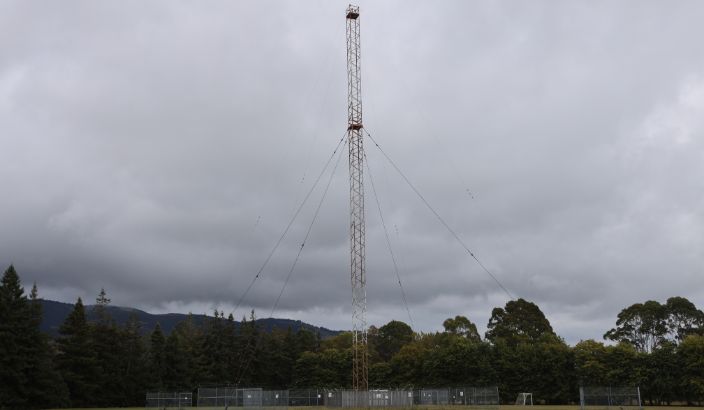Radio mast signing off at Saxton Field


After 75 years, the RNZ radio transmitter in Stoke is going to be removed and the land around it sold. Photo: Dean Michalak.
The fate of Radio New Zealand’s ageing transmitter mast in Saxton Field has finally been sealed and it will be removed, with the 7ha of land around it sold.
RNZ’s chief technology officer, Mark Bullen, says the transmission mast would need significant investment to continue, so it will cease transmission at the end of this month and the mast will be taken down and the land sold.
Nelson Mayor, Nick Smith, has been in talks with RNZ about purchasing the 7ha site with Tasman District Council, to retain it as part of the Saxton Field complex.
He admits the decommissioning of the transmitter mast is happening faster than the council expected, but it is also an opportunity to secure the land and ensure it is not sold for residential development.
“It’s my view that it would be a tragedy for the region if this area was subdivided for residential purposes when it is right in the heart of the Saxton Field complex and already extensively used.”
Calls to remove the towering mast have been going on for a couple of decades as it is in the midst of sports fields and has raised safety concerns in the past.
While RNZ has now decided to remove the mast, it has also said it is consulting with adjacent landowners to sell the site. That has prompted Nick to have preliminary discussions with RNZ to try and come to an agreement on a fair price that enables the two councils to purchase the property.
“Any decision to purchase the property would have to work through the Saxton Field committee and both the Nelson and Tasman councils.”
The land is zoned for recreational purposes, so any alternative owner would have to go through the public process to try and change the zoning. “I believe there would be very strong community opposition if Radio New Zealand or a subsequent owner went down that track,” he says.
“I understand Radio New Zealand’s intention to divest now they have no need for the radio mast, but I will be firmly opposing any attempt to convert it into residential land. We just need to find a fair price by which these two public organisations – Radio New Zealand and the two councils – can enable it to become an integrated part of the Saxton Field complex.”
Nick says there has been a “remarkable and positive partnership” between the two councils for 34 years to share the costs of Saxton Field on a 50:50 basis. He says both councils will need to go through a process with their elected members and also the Crown which owns RNZ to enable a sale. The councils currently lease the 7ha from RNZ and Nick says that lease runs until 2032.
The radio mast has stood there for 75 years; built at a time when it was surrounded by paddocks and FM transmission did not exist.
While the councils still have to buy the land to ensure it stays part of the Saxton Field complex, getting rid of the mast gets the thumbs up from those who use the sports fields.
Nelson Suburbs general manager, Martin Sutton, says the removal of the mast could result in three to four more playing fields because they could simply utilise the whole area better.
“We have to put pitches around it and so we can’t fully utilise that area. It’s not just the tower, but the concrete footing as well.
“That whole area could be much better utilised. The floodlights light up that area of the pitch, so we would use that field more in winter.”
Plus, whenever the club wants to use the amplifier for announcements or presentations, it picks up the RNZ frequency that is broadcast as background noise through the speakers. Children sometimes have to climb through the fence to retrieve balls as well which is not ideal.
“It is a real pain. There are a lot of advantages for it to be gone from a sporting perspective.”
Mark says the mast can be safely brought down within the perimeter of the RNZ site, but some of that site is leased for playing fields. That may require temporary closure of some of the surrounding playing fields, but he says it will be managed in conjunction with Saxton Field.
It is one of four transmission masts that RNZ is retiring around the country this year, while 15 AM sites will remain operational to provide national coverage to 97 per cent of the population until at least 2032.
